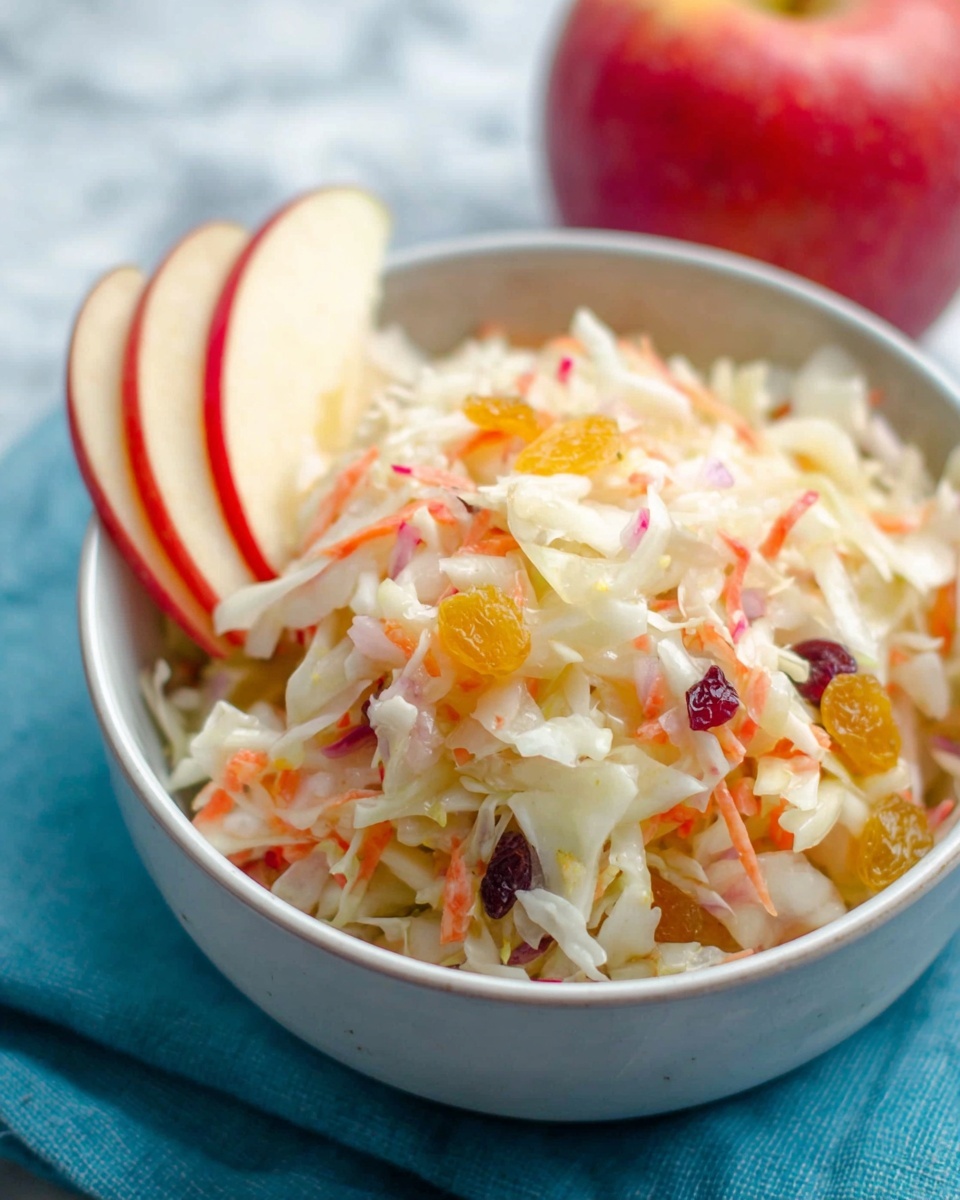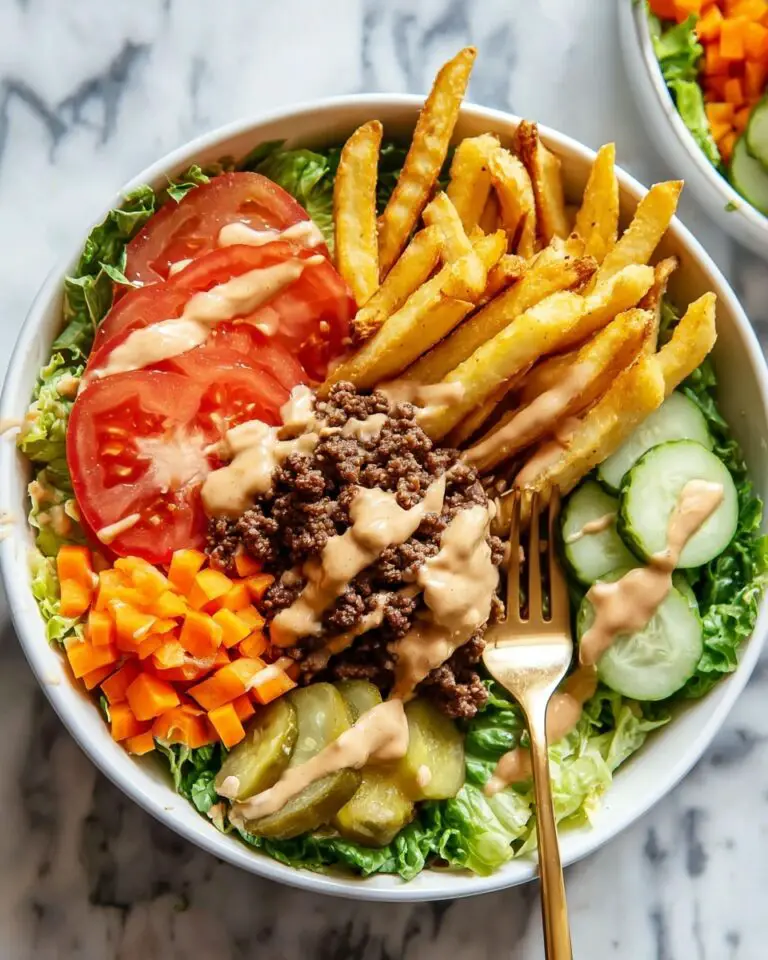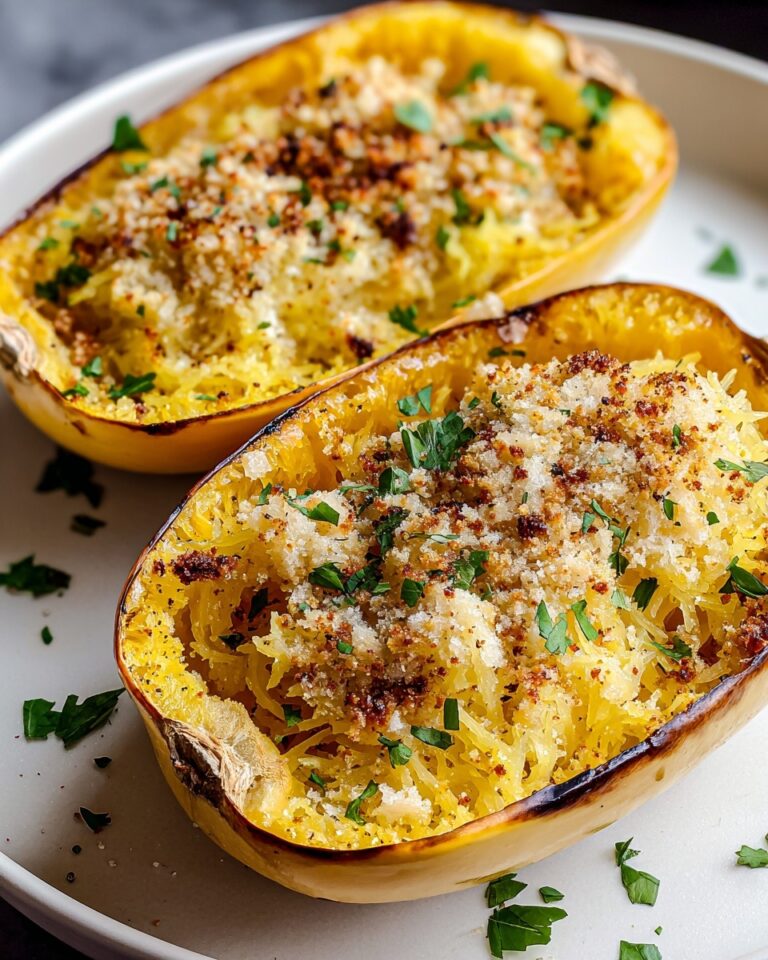If you’ve ever been curious about how to create that delightfully tangy, crunchy, and utterly satisfying fermented treasure from scratch, then this Homemade Sauerkraut Recipe (Kvashenaya Kapusta) Recipe is exactly the friend you want in your kitchen. This traditional Eastern European staple is not only bursting with vibrant flavors but also packed with wholesome probiotics that elevate your meals and support your gut health. It’s a rustic yet elegant dish that, once you master it, can transform your culinary routine with its crisp texture and natural zest. Trust me, making sauerkraut at home is easier—and more rewarding—than you might imagine!
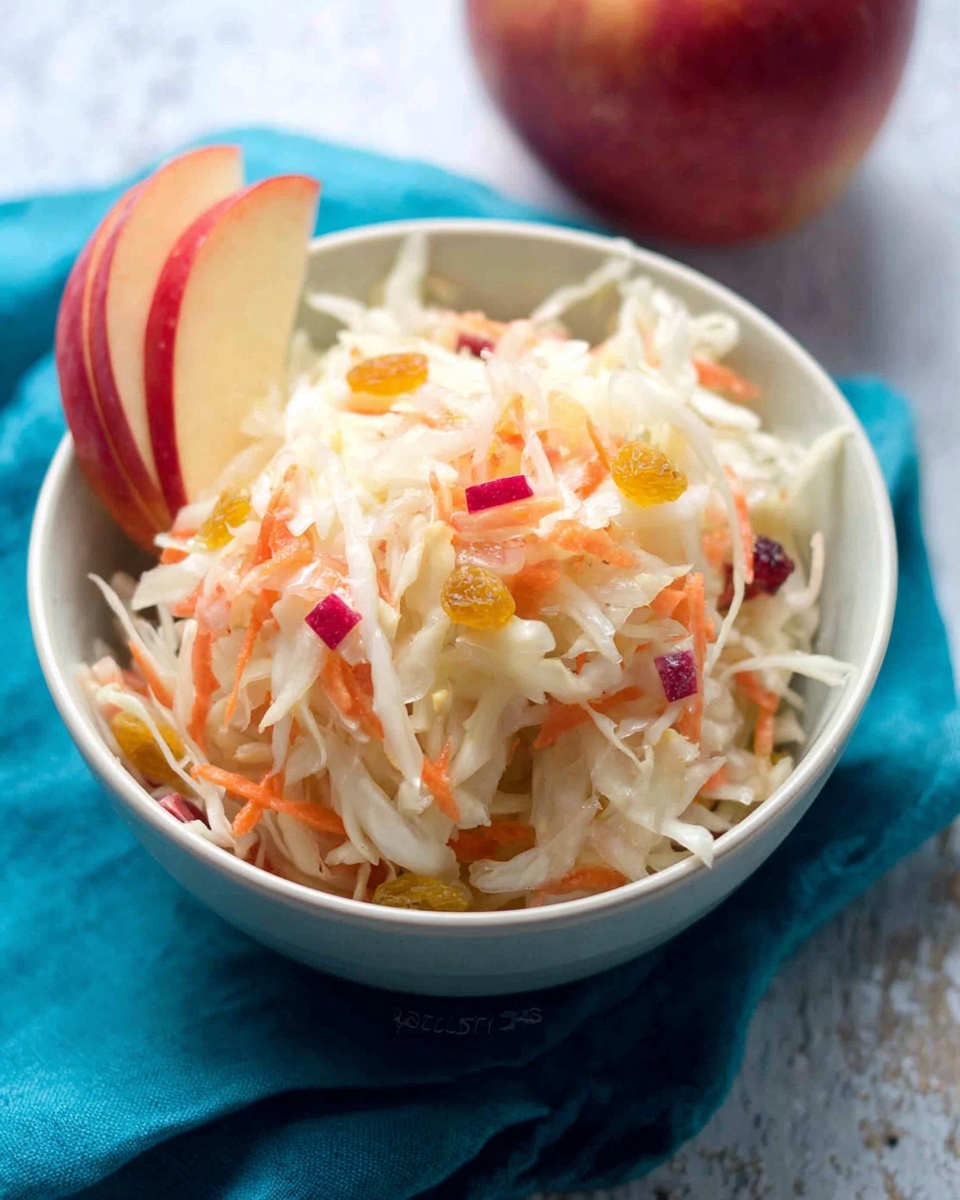
Ingredients You’ll Need
The beauty of this Homemade Sauerkraut Recipe (Kvashenaya Kapusta) Recipe lies in the simplicity and purity of its ingredients. Each one brings something essential to the table—cabbage forms the crunchy canvas, carrots add a sweet earthiness, and a touch of salt helps create the perfect fermentation environment. Together, these humble items create layers of mouthwatering flavor and texture that develop brilliantly over time.
- 2 medium/large cabbages (2 1/2 kg or about 5 1/2 lbs): The heart of this recipe, providing the perfect crunch and subtle sweetness.
- 2-3 medium carrots (grated): Adds natural color and a gentle sweetness that balances the sourness.
- 2 Tbsp fine sea salt: Not just for flavor, it’s essential for proper fermentation.
- 1 Tbsp sugar: A little boost to jumpstart the fermentation and enhance natural flavors.
- 1/2 small purple onion (finely diced): Infuses a mild oniony zing that complements the cabbage beautifully.
- 2 Tbsp sunflower oil: The preferred choice for flavor, it provides a smooth richness to the kraut.
- 1/2 apple (any kind; I used gala, diced): Brings a subtle fruity sweetness and gentle acidity.
- 1/2 tsp sugar: Adds a hint of sweetness to balance the tart elements.
- 2 Tbsp white grapes or dried cranberries: Adds bursts of juicy sweetness and an eye-catching pop of color.
- 1-2 Tbsp extra light olive oil (not extra virgin): For drizzling before serving, lending a delicate fruity aroma without overpowering the flavors.
How to Make Homemade Sauerkraut Recipe (Kvashenaya Kapusta) Recipe
Step 1: Prepare and Shred the Vegetables
Start by washing your cabbages thoroughly, then slice them thinly—think strands of crunchy goodness. Grate the carrots finely so they meld nicely with the cabbage, and dice the purple onion and apple into small, uniform pieces. This prep work sets the stage for a harmonious blend of textures and flavors in your kraut.
Step 2: Combine and Massage with Salt and Sugar
Place your shredded cabbage, grated carrots, diced onion, and apple into a large mixing bowl. Sprinkle the fine sea salt and sugar evenly over the mixture. Now, this is the fun part: use your hands to massage and squeeze the vegetables vigorously for about 10 minutes. You’ll see their volume reduce as they begin to release natural juices—this is the magic moment when fermentation starts taking shape.
Step 3: Add Fruit and Oil
Once the cabbage mixture is tender and juicy, gently fold in the white grapes or dried cranberries to add that perfect burst of sweetness. Drizzle in the sunflower oil which will add a silky texture and depth of flavor to your kraut. Mix everything evenly but carefully to keep the juicy blend intact.
Step 4: Pack Into a Fermentation Vessel
Firmly pack the sauerkraut mixture into a clean, airtight container or fermentation crock. Press down tightly so the juices rise above the vegetables, as this natural brine is what protects your kraut during fermentation. Leave about an inch of space at the top for expansion. You can use a weight or a small plate to keep the cabbage submerged under the brine.
Step 5: Ferment and Wait Patiently
Cover the container loosely to let gases escape but prevent contaminants. Leave the kraut to ferment at room temperature, ideally between 65-75°F (18-24°C), for at least 10 days. Taste it periodically—once it reaches the tangy, crisp flavor you love, transfer it to the fridge to slow the fermentation process and keep it fresh.
How to Serve Homemade Sauerkraut Recipe (Kvashenaya Kapusta) Recipe
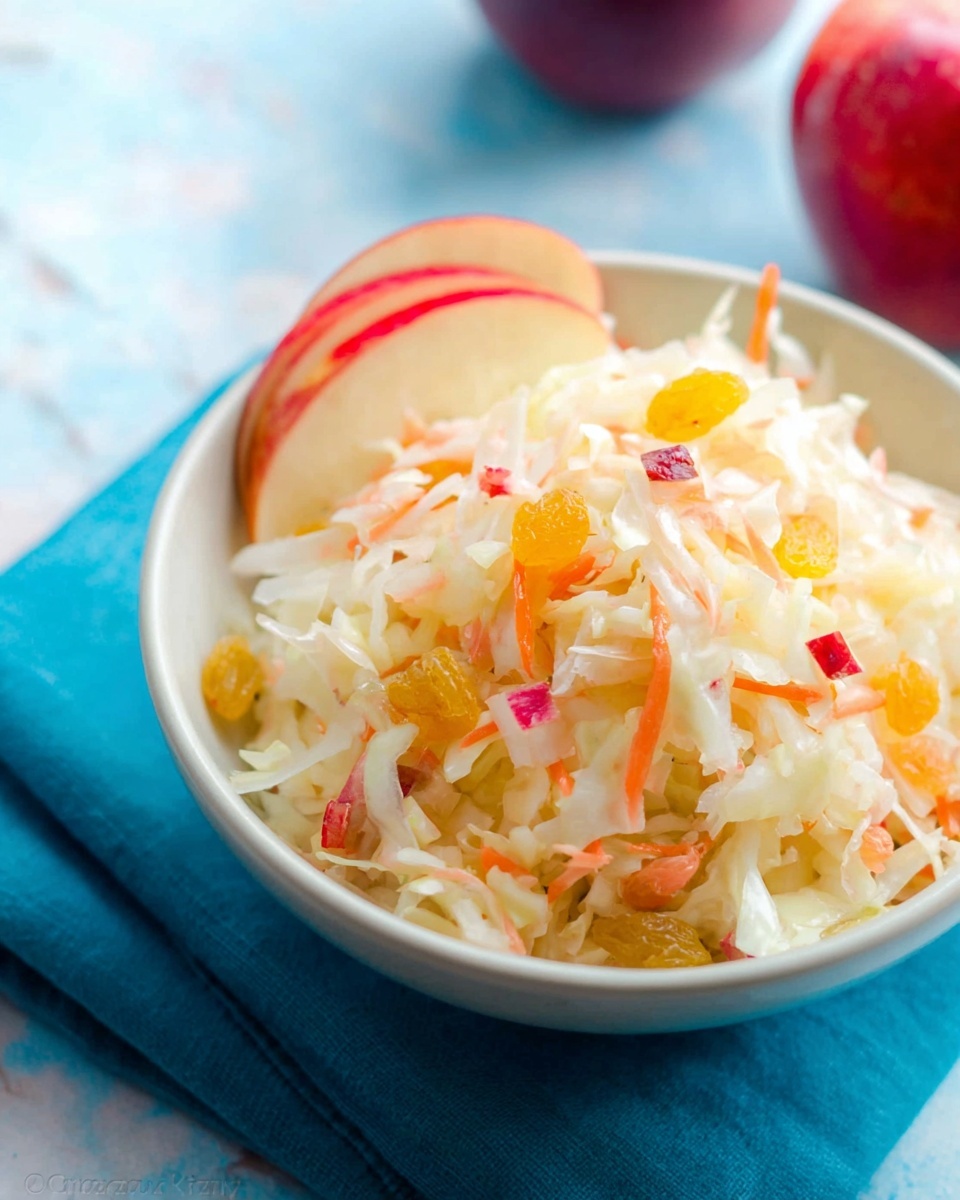
Garnishes
Add a sprinkle of freshly chopped dill or caraway seeds atop your sauerkraut to heighten its aroma and add an herbal twist. A dash of black pepper or a drizzle of the extra light olive oil just before serving also makes it shine.
Side Dishes
This sauerkraut pairs beautifully with hearty dishes like sausages, roast pork, or potatoes, but don’t limit yourself—try it alongside sandwiches, grain bowls, or even as a tangy topping for tacos to add a delightful crunch and zing.
Creative Ways to Present
Use your homemade sauerkraut as a vibrant bed for grilled meats or fish, spoon it onto rustic rye toast with melted cheese, or mix it into salads for an unexpected probiotic punch and textural contrast. It even makes a fantastic sandwich spread when combined with mustard and mayo.
Make Ahead and Storage
Storing Leftovers
Keep your sauerkraut in an airtight container in the refrigerator. Properly stored, it can last for several months, and it often tastes even better after a week or two as the flavors continue to develop.
Freezing
While freezing can slightly change the texture, you can freeze sauerkraut for longer storage. Use freezer-safe bags or containers, leaving some room for expansion. Thaw slowly in the refrigerator before using.
Reheating
This sauerkraut is typically served cold or at room temperature, but if you fancy it warm, gently heat it on the stove over low heat. Avoid boiling to retain its crunchy texture and fresh flavors.
FAQs
What if my sauerkraut develops a white film on top?
This harmless scum is called kahm yeast, a natural byproduct of fermentation. Simply skim it off with a clean spoon. As long as there’s no foul odor or mold, your sauerkraut is perfectly safe to eat.
How long does fermentation take for sauerkraut?
Fermentation usually takes 7 to 14 days at room temperature, but it can vary based on ambient temperature and personal taste preferences. Keep tasting after day 7 to find the perfect tang for you.
Can I use other types of cabbage?
Yes! While green cabbage is the classic choice, red cabbage or even Savoy cabbage can be used, adding unique colors and flavors. Keep the salt ratio the same to ensure proper fermentation.
Do I need to sterilize my jar or fermentation crock?
Absolutely! Cleanliness is crucial to avoid unwanted bacteria. Thoroughly wash and rinse all equipment before use, but sterilization (boiling or using hot water) isn’t strictly necessary—clean soap and water usually suffice.
Is it possible to speed up the fermentation?
Warmer temperatures accelerate fermentation, but it’s best not to rush it to preserve the best flavors. If you are in a colder climate, find a warm spot like near a radiator but away from direct sunlight for optimal results.
Final Thoughts
There is something truly special about crafting your own jar of homemade sauerkraut, and the Homemade Sauerkraut Recipe (Kvashenaya Kapusta) Recipe is a perfect place to start. Beyond the tangy crunch and rich flavors, you’re creating a living food that adds warmth, tradition, and health to your table. I encourage you to give it a try—it’s simpler than you think, deeply rewarding, and the taste will have you hooked from the very first bite!
Print
Homemade Sauerkraut Recipe (Kvashenaya Kapusta) Recipe
- Prep Time: 30 minutes
- Cook Time: N/A
- Total Time: 14 days (including fermentation)
- Yield: 8.8 cups
- Category: Fermenting
- Method: No-Cook
- Cuisine: Eastern European
- Diet: Vegetarian
Description
This homemade sauerkraut recipe (Kvashenaya Kapusta) is a traditional fermented cabbage dish that combines crisp cabbage, grated carrots, and a touch of sweetness from apples and sugar. Naturally fermented with sea salt and enhanced with sunflower oil and dried fruits, it offers a tangy, flavorful accompaniment perfect for many meals. The recipe preserves the beneficial probiotics of fermentation without any cooking involved.
Ingredients
Vegetables
- 2 medium/large cabbages (2 1/2 kg or about 5 1/2 lbs)
- 2–3 medium carrots (grated)
- 1/2 small purple onion (finely diced)
Fruits & Flavorings
- 1/2 small purple onion (finely diced)
- 1/2 apple (any kind; gala used, diced)
- 2 tbsp white grapes or dried cranberries
- 1 tbsp sugar
- 1/2 tsp sugar
Oils & Seasonings
- 2 tbsp fine sea salt
- 2 tbsp sunflower oil (preferred for more flavor, or olive oil)
- 1–2 tbsp extra light olive oil (not extra virgin)
Instructions
- Prepare the Vegetables: Wash and remove the outer leaves of the cabbages. Core and finely shred the cabbage. Peel and grate the carrots. Finely dice the small purple onion and dice the apple.
- Combine Vegetables and Salt: In a large mixing bowl, mix the shredded cabbage, grated carrots, half of the diced onion, and the sea salt. Massage and squeeze the mixture firmly with your hands to release the cabbage’s natural juices. Continue until there is ample liquid for fermenting the vegetables.
- Add Sweeteners and Fruits: Stir in the sugar, the remaining diced onion, diced apple, and white grapes or dried cranberries. Mix well to distribute all ingredients evenly.
- Add Oils: Pour in the sunflower oil and extra light olive oil. Mix everything thoroughly to integrate the oils which add flavor and help the fermentation process.
- Pack the Mixture: Transfer the mixture into a clean fermentation crock or large glass jar. Press down firmly using a wooden spoon or fermentation tamper to eliminate air pockets and ensure the vegetables are submerged in the released liquid. Leave about 2-3 inches of headspace at the top.
- Weight Down and Cover: Place a fermentation weight or a small clean plate on top to keep the vegetables submerged beneath the brine. Cover the jar with a clean cloth or fermentation lid to allow gases to escape but prevent dust or insects from entering.
- Ferment: Leave the jar at room temperature away from direct sunlight for about 1 to 2 weeks. Check daily to ensure vegetables remain submerged, press down if needed, and skim off any mold or foam.
- Store and Serve: Once the sauerkraut has reached the desired sourness and texture, transfer it to the refrigerator to slow fermentation. It can be served immediately or aged further depending on preference. Enjoy as a tangy condiment or side dish.
Notes
- Ensure the cabbage is fully submerged in its brine to prevent spoilage.
- Use non-iodized sea salt to promote proper fermentation.
- If mold appears on the surface, carefully remove it. The sauerkraut beneath is usually safe to eat.
- Fermentation times can vary depending on ambient temperature; warmer rooms speed up fermentation.
- Store refrigerated sauerkraut for up to several months.

